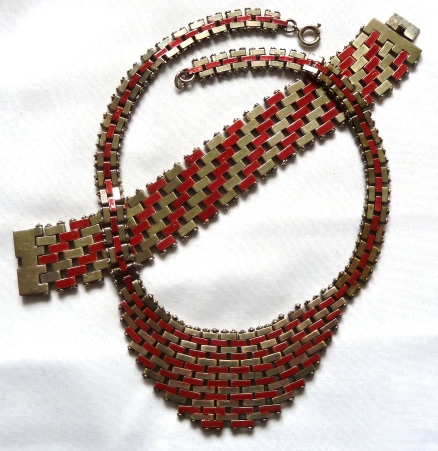This picture is from a photoshoot in Tatler Magazine in June 2020 entitled ‘A Very English Scandal’. Jena Goldsack is photographed wearing a pair of my pearl earrings. The photographer is Luc Bracquet and the Stylist Sophie Pera.

This picture is from a photoshoot in Tatler Magazine in June 2020 entitled ‘A Very English Scandal’. Jena Goldsack is photographed wearing a pair of my pearl earrings. The photographer is Luc Bracquet and the Stylist Sophie Pera.

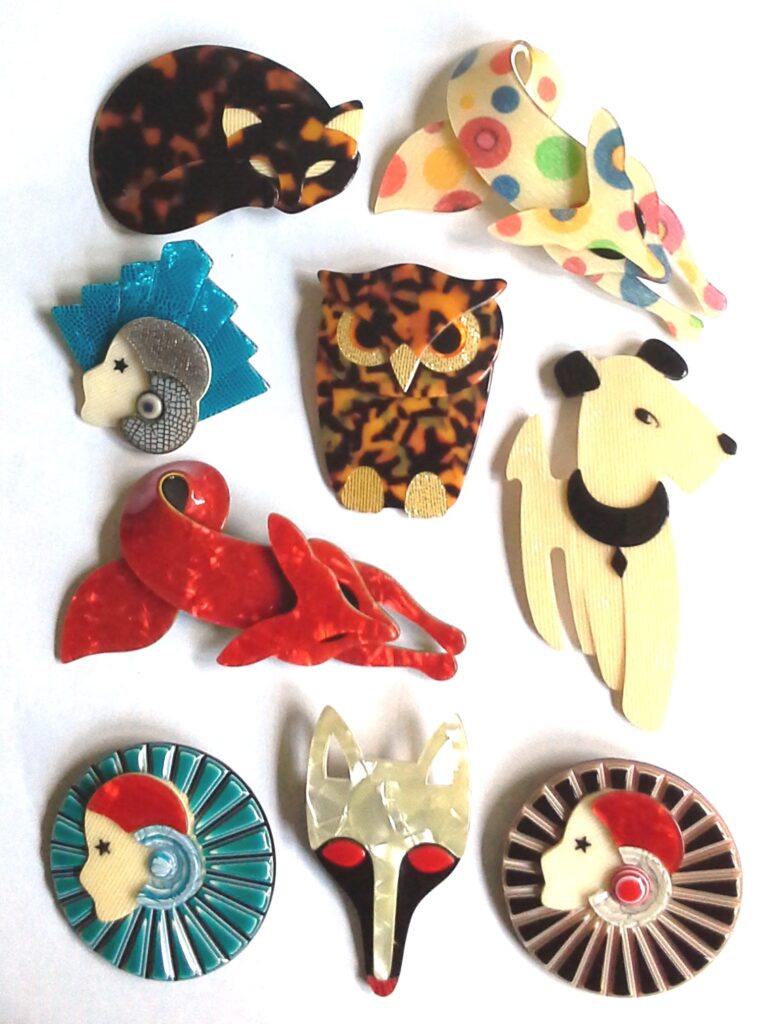
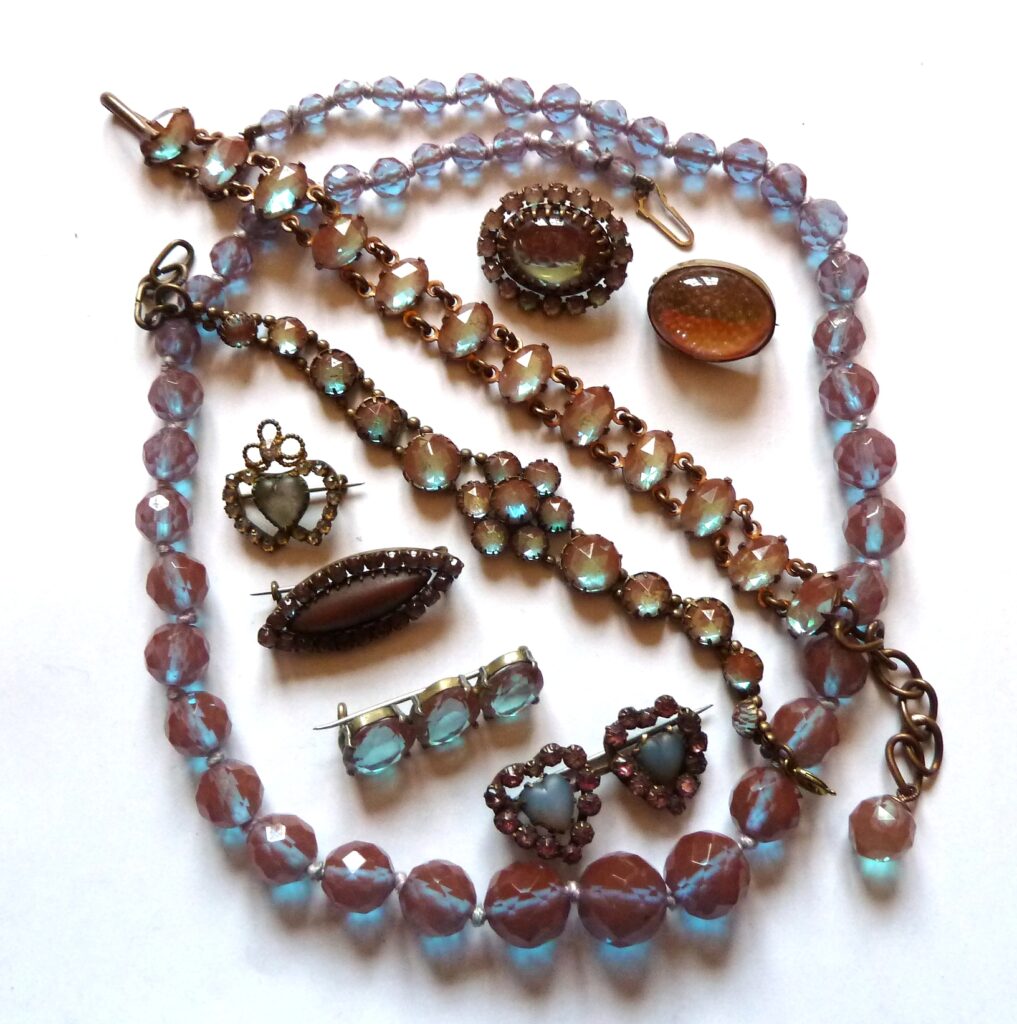
Syblle Jargstort says in her book “Baubles, Buttons and Beads” (Schiffer) that saphiret glass was created in the 19th century. The 2 tone effect – varying from brick red to sapphire blue – was made by mixing gold to a basic sapphire blue glass. She gives examples from Gablonz up to the 1930’s. It was expensive to make. Diane de Mango – illusionjewels.com – says that later stones – which she calls sapharine – were made in Germany. They are not as distinctive as the older ones. The examples in the picture are from my own collection and the dates vary – I particularly like the necklace. Saphiret stones are difficult to photograph – do look at other examples on the internet to become familiar with the difference in colour in the older and later stones.
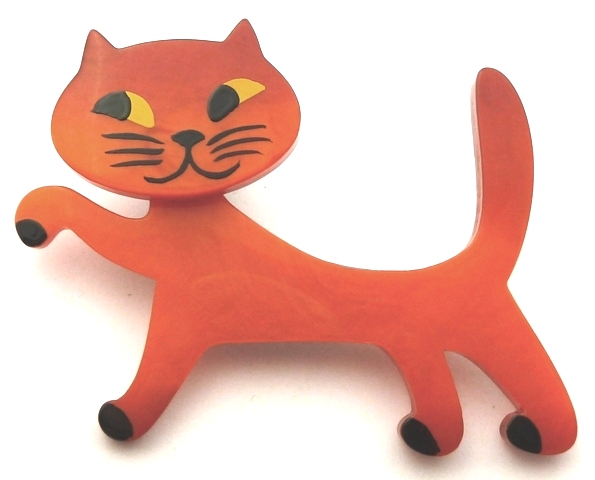
Marie-Christine Pavone – Paris – makes hand worked pieces in galalith. Galalith is a form of casein (an old type of plastic) to which formaldehyde is added. It cannot be moulded (unlike other plastics). It is dyed and polished. According to Judy Smith on her website – “Baubles and Bibelots” Marie-Christine first sands, cuts and polishes the galalith in a machine for days. It is then dyed, polished by hand, lacquered and hand painted. There is a lot of work in a Pavone brooch! She makes brooches, earrings and bracelets! Her work is very popular in my shop. She has a great Instagram page.

This is an iconic Tinashe photograph by Sean and Seng and styled by Robbie Spencer in Dazed and Confused magazine in November 2015. It was a very collected cover. The earrings are new – copies of the old bakelite cherry jewellery. They have been very popular in the shop.
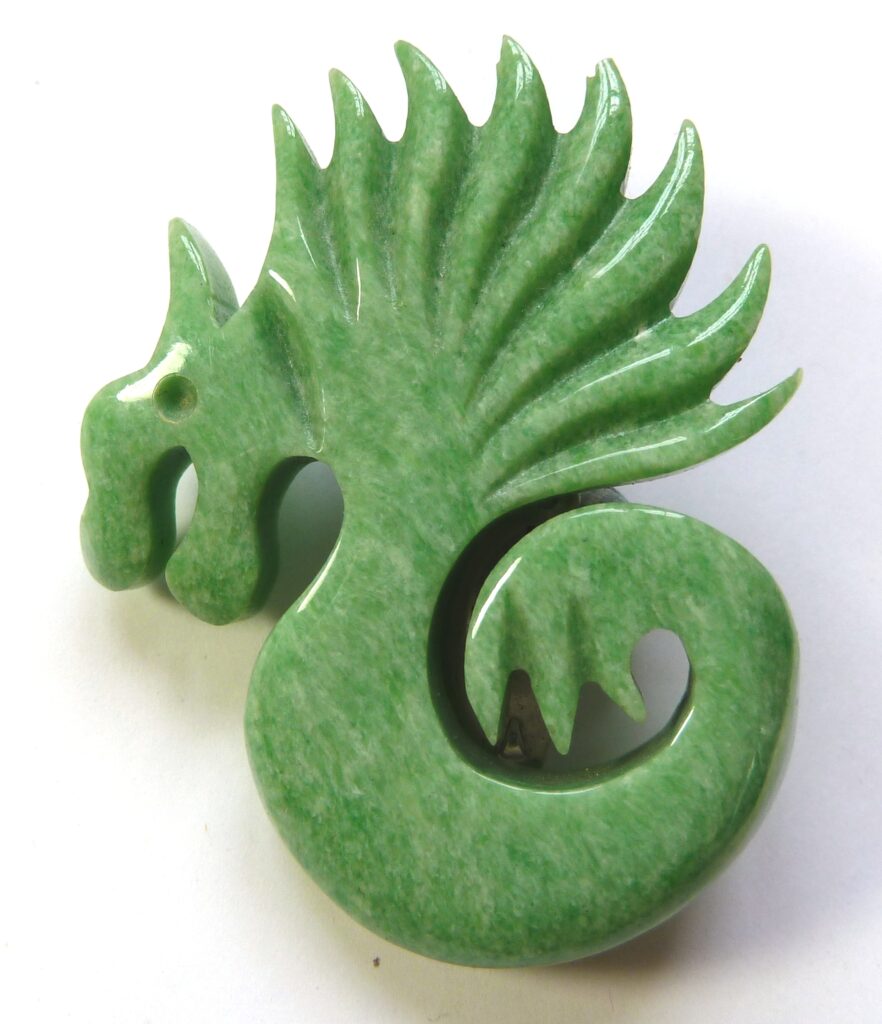
Galalith is an early plastic – used mainly between the 1920-40s. It was invented – in the late 19th century by Spilleler and Krisch. It was not patented until 1906. It is a casein plastic made from sour milk combined with formaldehyde. It was also known as Erinoid, Karolith and Aladdinite. It could be moulded by heating and also cut. The Charles Horner Company – in the UK – had their own range of items made from Casein – which they marketed as Dorcasine and continued to use this material until the late 1970’s. Some wonderful jewellery was made from Galalith. Current jewellery makers like Marie Christine Pavone buy old pieces of galalith and rework it. I do try to stock some Pavone – I love her sense of humour! There is plenty of more detailed info on Galalith on Google.
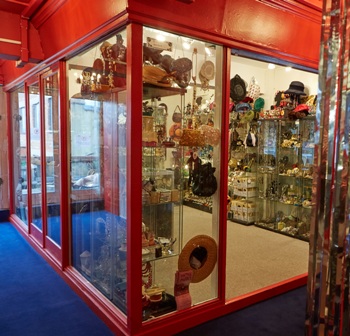
This is the view from outside the shop. The second shop is to the left of the picture. On the second floor of Alfies Antiques in Vintage Modes.
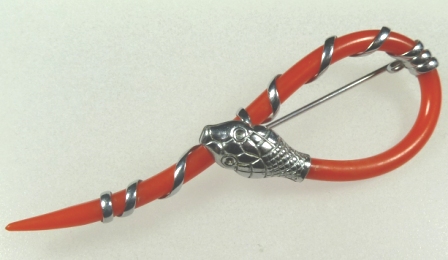
The firm of Charles Horner was established in Halifax in the middle of the 1900’s and the business continued until it was liquidised in 1984. Charles Horner is famous for its silverware – hat pins especially! What was not generally known until the book ‘Charles Horner of Halifax’ (by Tom J. Lawson and published by GML Publishing) was written was the firm’s diversification into casein plastics This is what particularly interests me! The firm’s main production in which they called ‘Dorcasine’ was between the 1920s and the 1940s – but production continued until the 1970s. They made a lot of buttons, knitting needles and sewing accessories, propelling pencils and brooches. A lot of the vintage dog brooches of the period were made by the Charles Horner factory. Having the book has helped me to identify many of the unmarked pieces I have sold over the years!
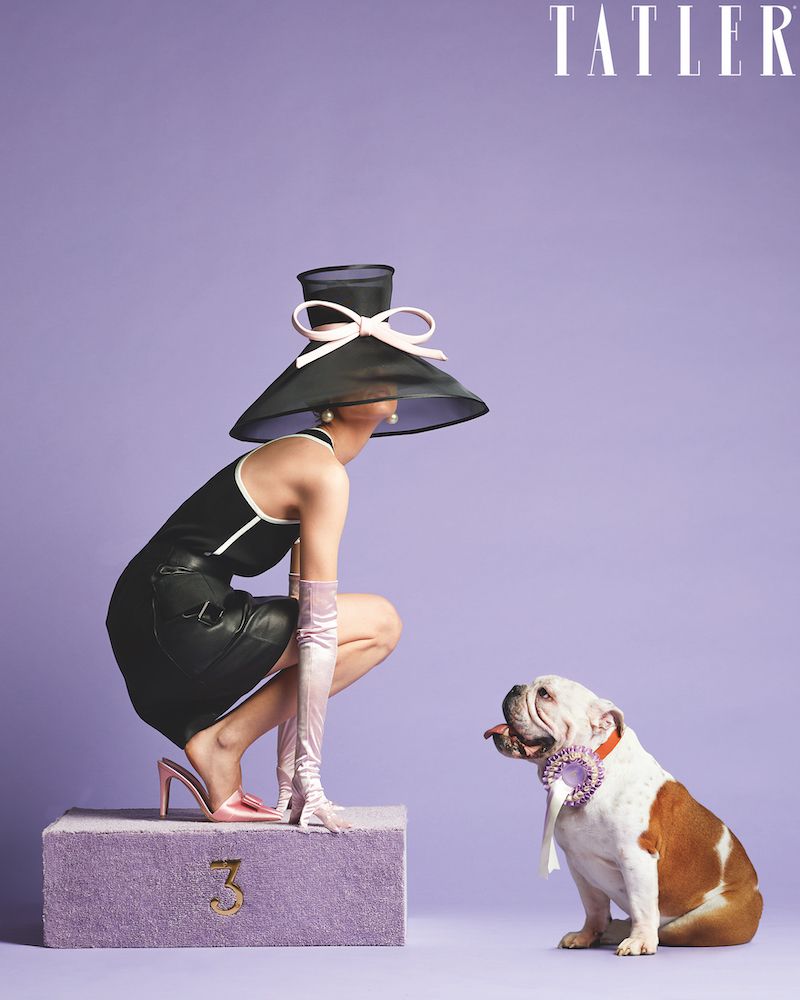
The article ‘Best in Show’ featured twelve ‘Looks’ from the spring 2020 fashion shows. Each ‘Look’ was a different designer. I had a pair of faux pearl earrings in the Hermes, Dolce & Gabbana and Armani shots. This shot is the Hermes one. Each shot also featured a dog – it was Crufts at the time! Photographer Luc Braquet, Stylist Sophie Pera and Model Stina Papp at Le Management.
